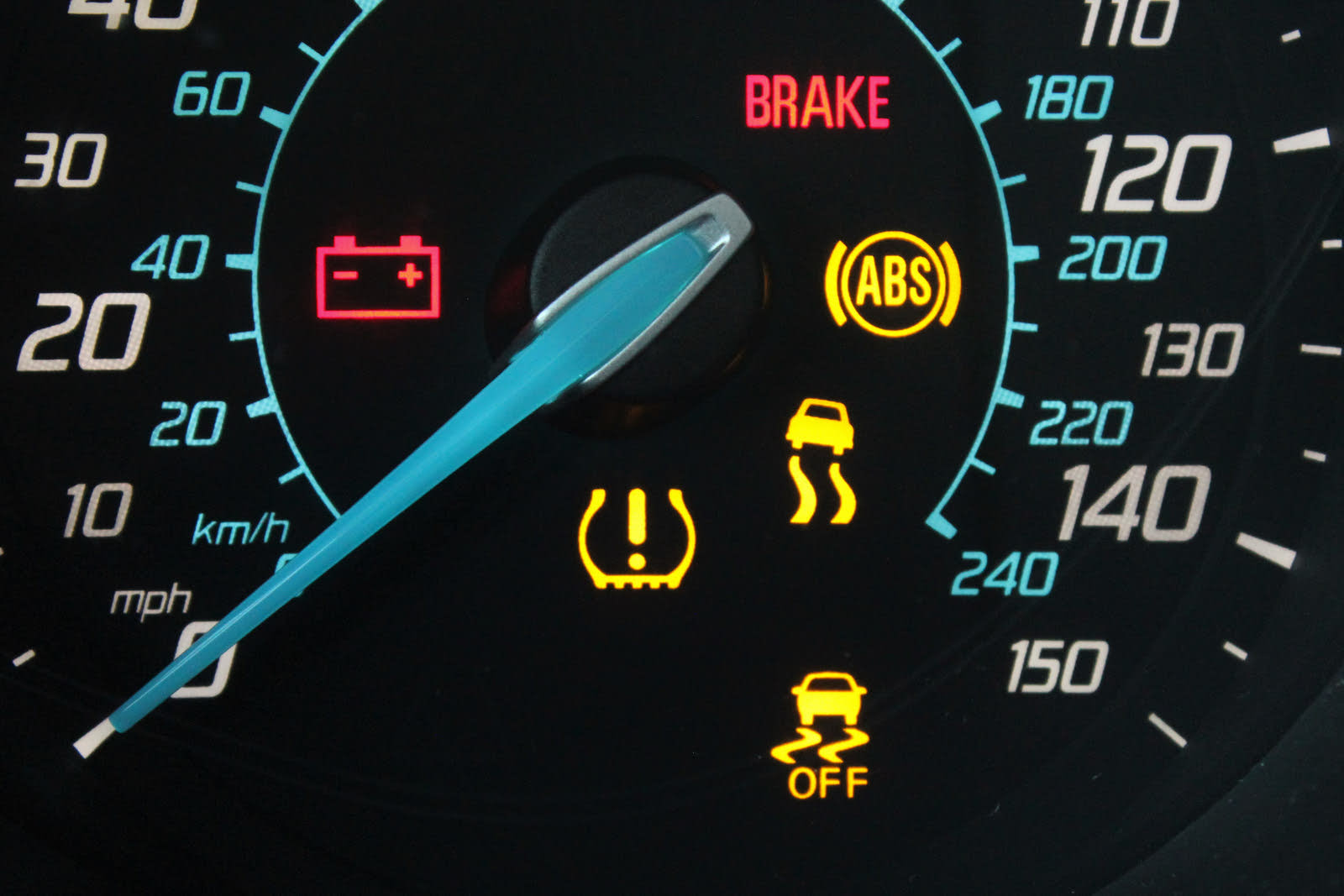Understanding your vehicle’s warning lights is essential for every driver. These lights act as a communication tool between you and your car, alerting you to potential issues that require attention.
Ignoring these warnings can lead to costly repairs or even dangerous driving conditions. While some lights signal routine maintenance needs, others indicate serious problems that could compromise your vehicle’s safety and performance.
By familiarizing yourself with the most common warning lights, you can take timely action to address issues, ensuring your car runs smoothly and safely.
This guide will cover five crucial warning lights every driver should know, explaining what they mean and the appropriate steps to take when they appear on your dashboard. By understanding these signals, you can maintain your vehicle in top condition and drive with greater peace of mind.
1. Check Engine Light
The check engine light is one of the most recognizable and important warning lights. When this light illuminates, it indicates that the engine control unit (ECU) has detected a problem within the vehicle’s engine or emissions system.
The issue could range from a loose gas cap to more serious problems like a malfunctioning oxygen sensor or catalytic converter. If the check engine light is steady, it generally means a non-urgent issue that should be checked soon.
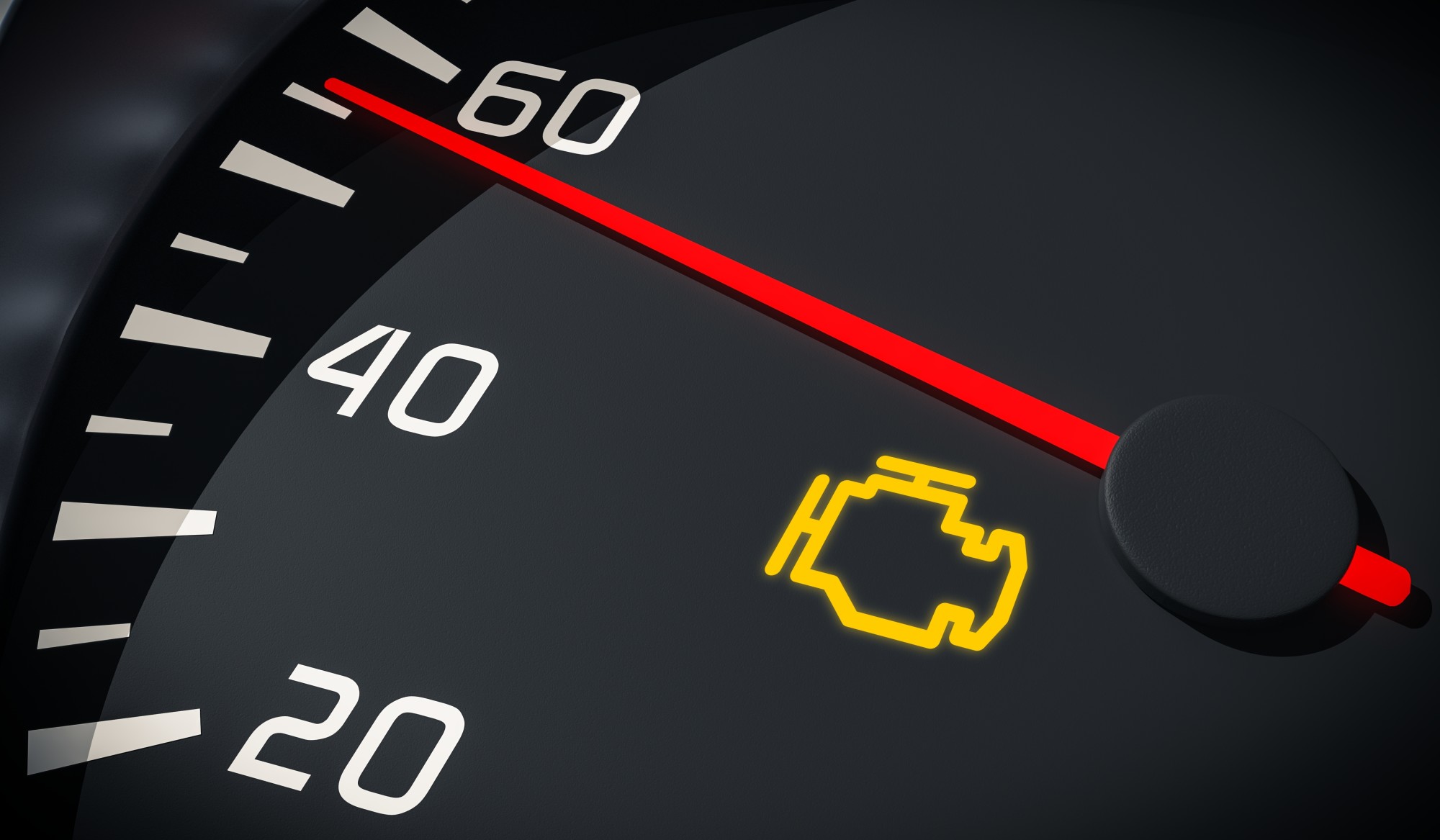
However, if the light is flashing, it indicates a severe problem that requires immediate attention, such as engine misfire. Ignoring a flashing check engine light can lead to significant engine damage.
When the check engine light comes on, it’s best to have the vehicle diagnosed by a professional mechanic using an OBD-II scanner to pinpoint the exact issue and prevent further damage.
2. Oil Pressure Warning Light
The oil pressure warning light indicates that the engine’s oil pressure is too low, which can lead to severe engine damage if not addressed promptly. This warning light may illuminate due to low oil levels, a failing oil pump, or a clogged oil filter.
When you see this light, the first step is to check your engine oil level using the dipstick. If the oil level is low, add the recommended type of oil for your vehicle. If the light remains on after adding oil, or if the oil level is adequate, it could indicate a more serious issue with the oil pressure system.
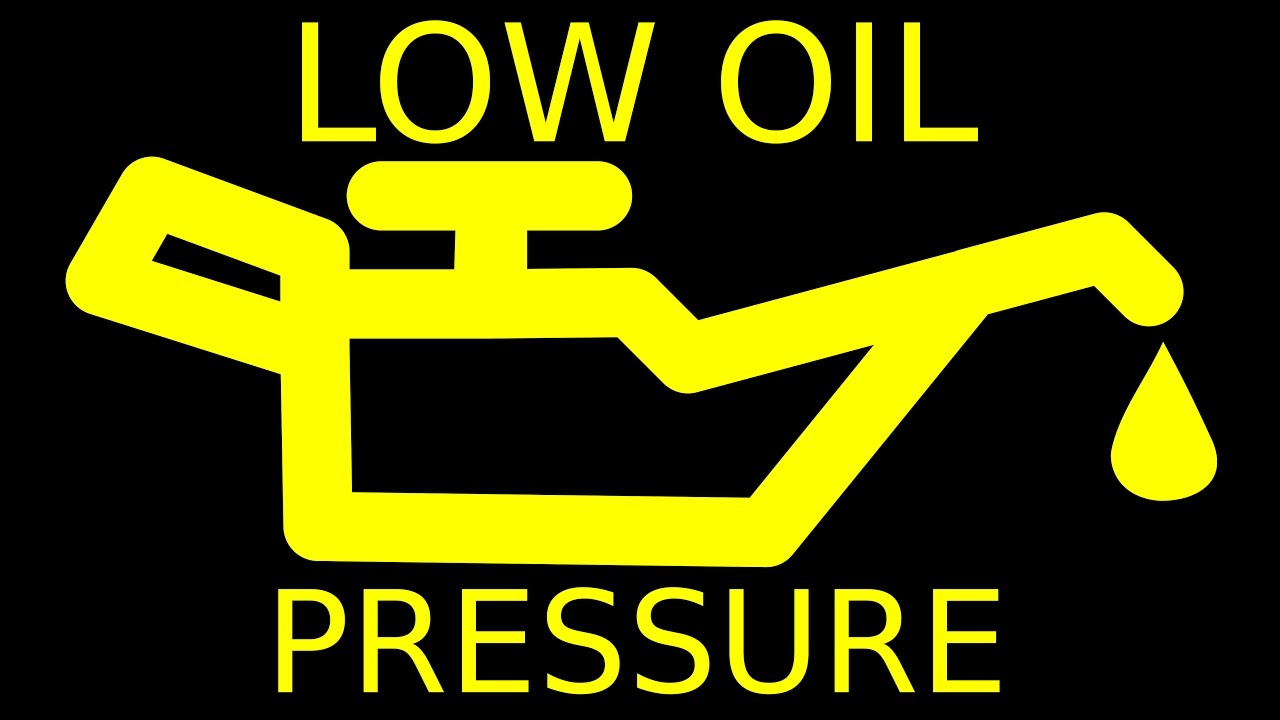
Continuing to drive with low oil pressure can cause significant engine wear and tear, so it’s essential to seek professional help as soon as possible to diagnose and fix the problem. Regular oil changes and maintenance can help prevent oil pressure issues.
3. Battery Warning Light
The battery warning light indicates a problem with the vehicle’s charging system, typically involving the battery, alternator, or voltage regulator. When this light appears, it means the battery isn’t being charged properly, which could eventually lead to a dead battery and a stalled vehicle.
Start by checking the battery terminals for corrosion and ensuring they are securely connected. If the terminals are clean and secure, the issue may lie with the alternator or another part of the charging system. It’s important to address this warning promptly, as a failing charging system can leave you stranded with a dead battery.
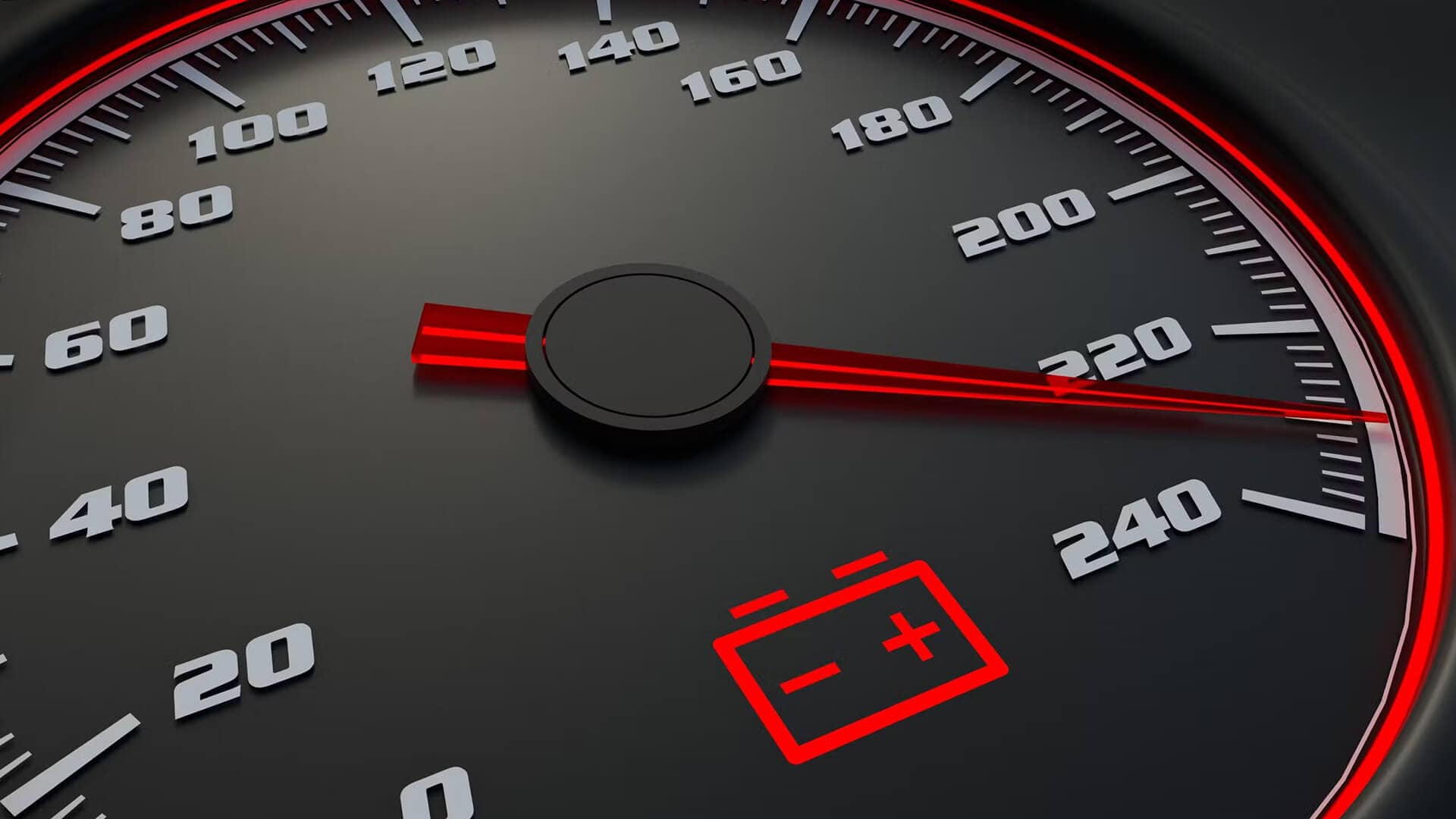
Visiting a mechanic to test the battery, alternator, and related components can help identify the root cause and prevent further issues. Regularly checking the health of your battery and charging system can help avoid unexpected breakdowns.
4. Tire Pressure Warning Light
The tire pressure warning light, part of the Tire Pressure Monitoring System (TPMS), alerts you when one or more of your tires are significantly underinflated. Proper tire pressure is crucial for safe driving, fuel efficiency, and tire longevity.
When this light comes on, it’s essential to check all your tires using a tire pressure gauge. Inflate the tires to the recommended pressure specified in your vehicle’s manual or on the driver’s side door jamb.
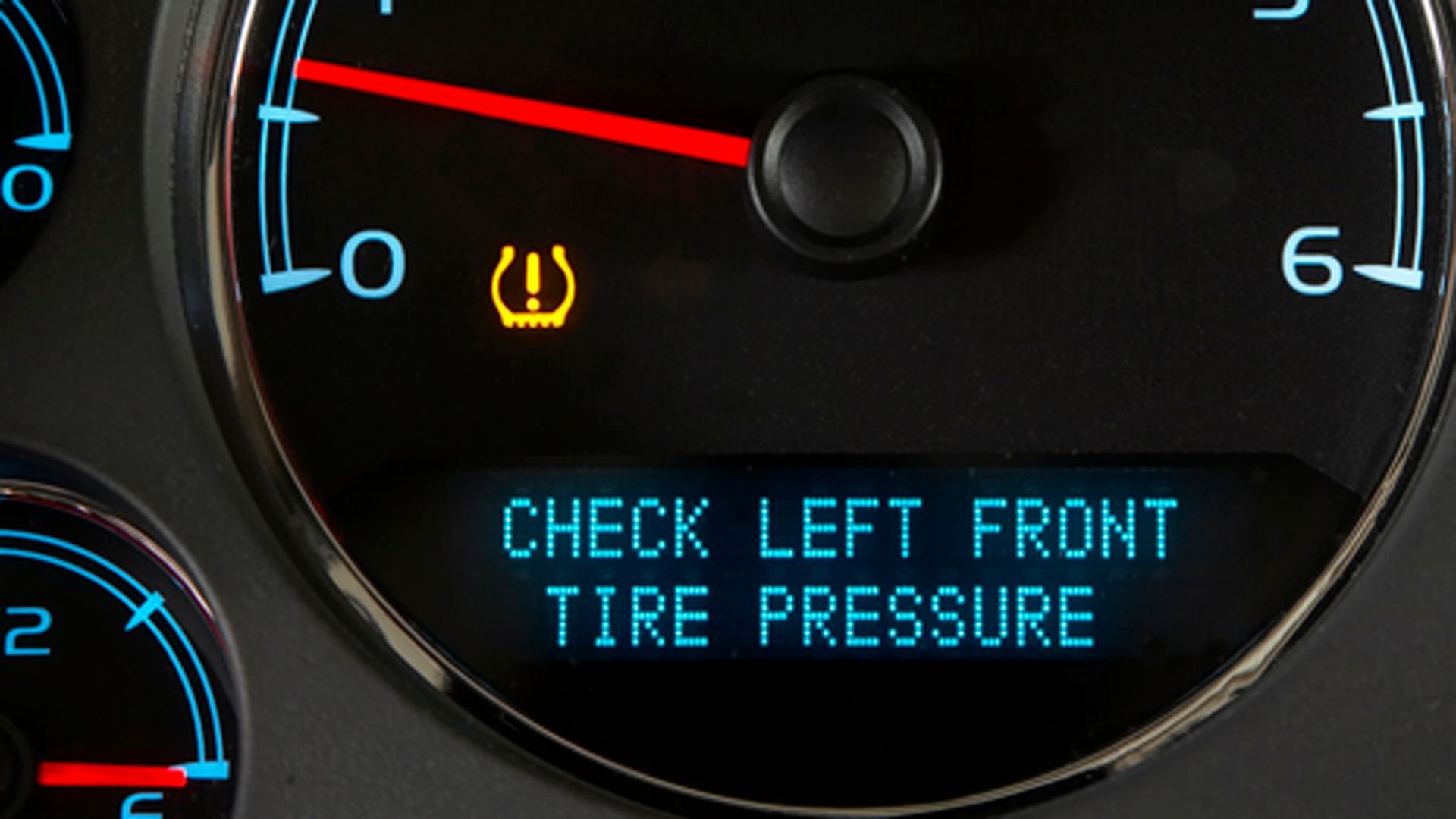
If the light remains on after adjusting the pressure, there may be a slow leak or a problem with the TPMS sensor. Driving on underinflated tires can cause poor handling, reduced fuel efficiency, and increased tire wear. Regularly checking and maintaining the correct tire pressure can help prevent issues and ensure a safe and smooth ride.
5. Brake System Warning Light
The brake system warning light can indicate a range of issues related to your vehicle’s braking system, from low brake fluid levels to problems with the anti-lock braking system (ABS). If the light comes on and stays on, check the brake fluid level in the reservoir. Low brake fluid may indicate a leak or worn brake pads.
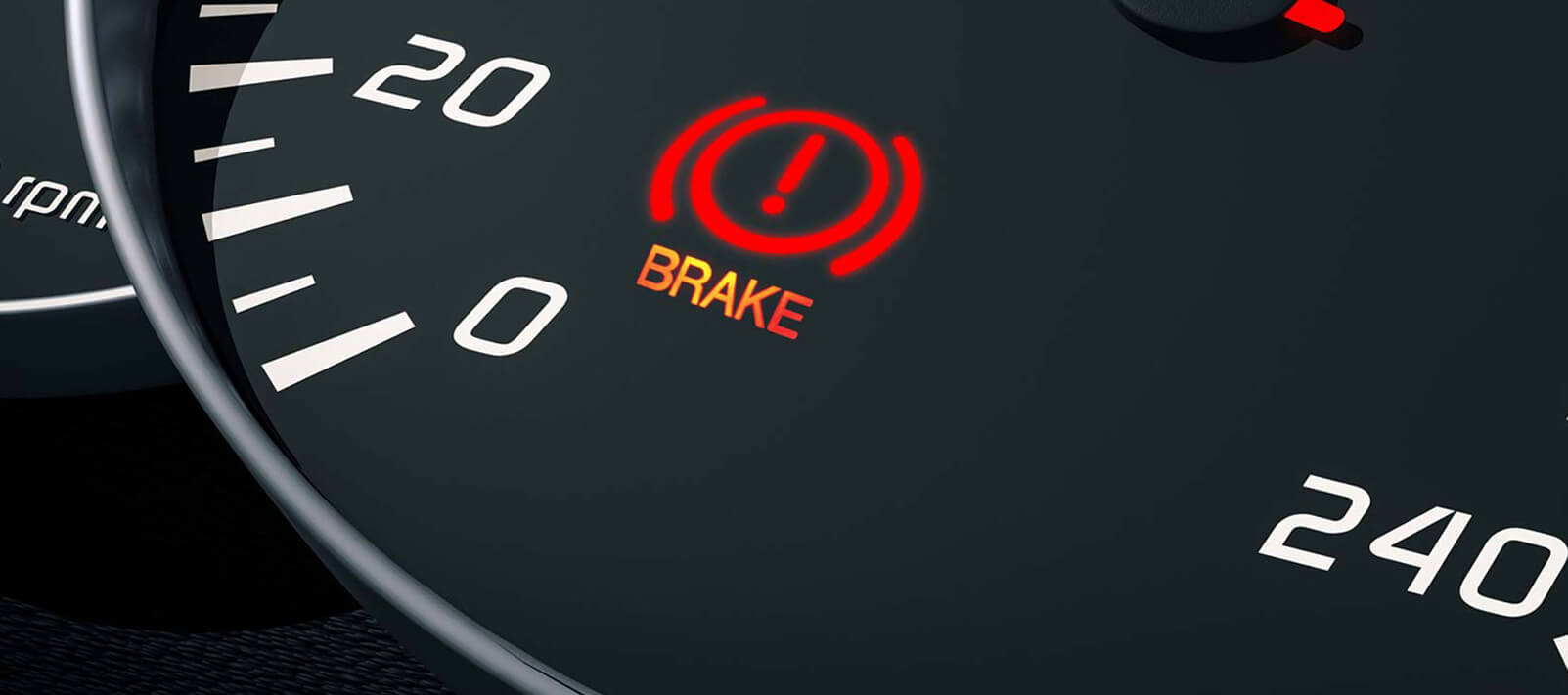
If the fluid level is adequate, the problem could be more serious, such as a malfunctioning ABS or a fault in the brake system. If the light is accompanied by a spongy brake pedal or reduced braking performance, it’s critical to stop driving and have your vehicle inspected immediately.
Driving with compromised brakes can be extremely dangerous. Regular brake inspections and maintenance are essential to ensure the safety and reliability of your braking system.

